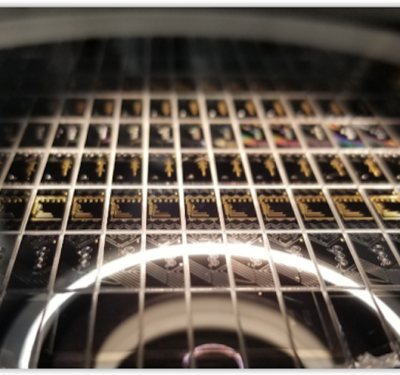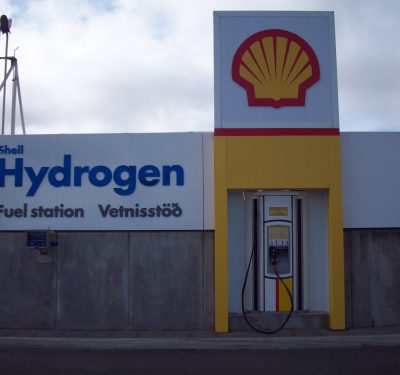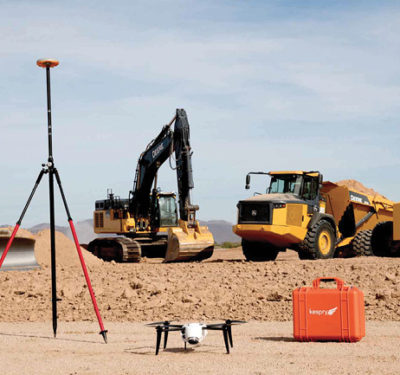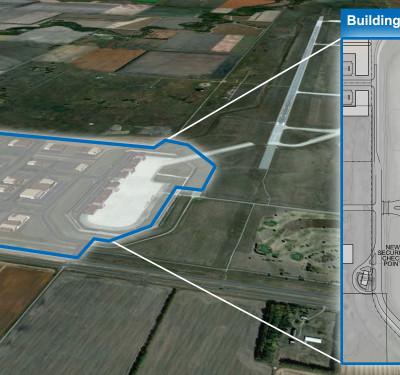An interview with Todd Rimbey, General Manager, Agile Development Group at L3Harris. The 25-year industry veteran talked to Inside Unmanned Systems about the FVR-90 UAS and how it is enabling autonomous capabilities in-theater.
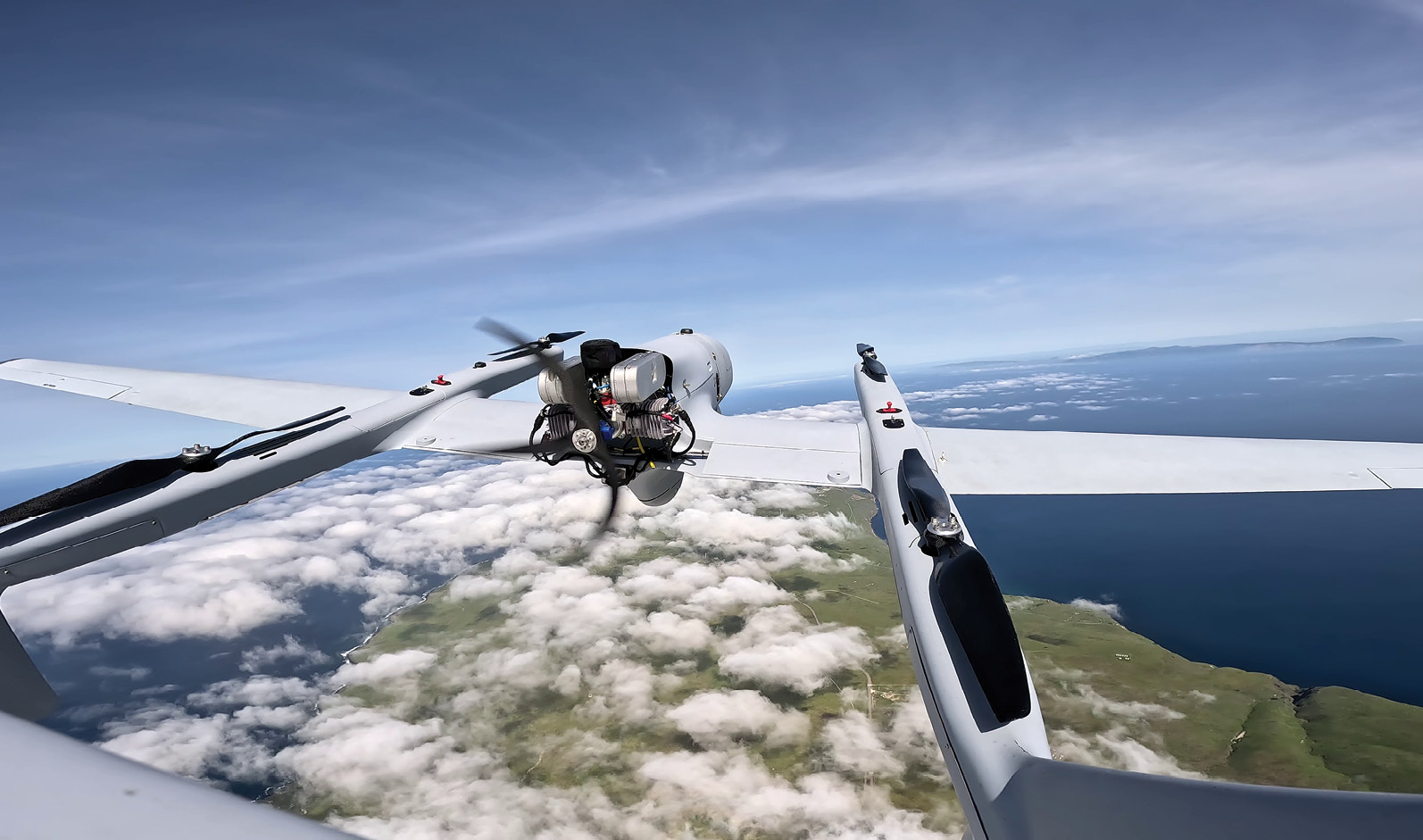
L3Harris Technologies’ FVR-90 is a vertical take-off and landing (VTOL) UAS that offers flexibility for customizing sensors and payloads based on situational need. The FVR-90 showcases a blend of innovative design and advanced technology. Engineered for long endurance, the UAS is capable of operating from 8 to 16 hours in the air and can carry payloads up to 22 pounds. With its advanced Hybrid Quadrotor (HQ) technology, the FVR-90 merges the agility of quadrotor drones with the efficiency, speed and range of fixed-wing aircraft. This maximizes the range of options available for navigating in challenging conditions, including GNSS-denied environments and poor weather conditions.
Modular, Open-System Architecture
Discussing the design features that the FVR-90 offers, Todd Rimbey, general manager, Agile Development Group, told Inside Unmanned Systems, “VTOL obviously is a hot item. It’s very desirable right now, and modularity, you’re hearing that across the industry. We’ve really focused on this system to implement a modular design. One of the features of our design is the [retractable] payload nose, so it’s easy to swap payloads in the field. If you’ve got a different mission [than originally planned for], you swap the nose, and you’re off to the races.”
Interoperability and combinations of sensors and payloads on the FVR-90 is wide open, with the option of a L3 Harris MX-8 EO/IR (Electro-Optical/Infrared) imaging system designed to support tactical surveillance, or any number of other modular, EO/IR, or EW (Electronic Warfare) payloads. A sensor agnostic design allows customers to integrate an array of sensors optimized for specific mission goals.
Rimbey added that speed is also optimized, given the types of dynamic, time-critical situations the UAS will support. “It’s really a focus on rapid integration, how fast can I integrate new capabilities. And when you’re talking about C2 [command and control], whether that’s involving integrating a new radio or integrating a new payload, then we’ve set the system up where we can do that quickly…really set yourself up to be able to respond at incredible speeds and get something out to the warfighter quickly. And that’s really what we’ve been focused on as far as an architecture is concerned with this platform. And we’ve proven that with a couple of payloads that you can just swap in and out on the flightline.”
Responding at the Speed of Relevance
For in-theater operations in difficult environments—geographically isolated, contested maritime locations, for example—the agile system architecture allows warfighters to “respond at the speed of relevance,” Rimbey said. This can mean potentially landing in very narrowly defined target areas, such as on another autonomous vehicle, or inside another manned or unmanned surface vessel (USV). Remote, maritime locations for in-theater operations have become a focal point for strategic planning. “Our digital engineering ecosystem has definitely been a part of our portfolio and development activities for [the FVR-90], allowing us the additional speed and analysis on this program. And takeoff and landing, that’s an area where I think we shine. We’re currently typically landing within a couple of inches of the targeted landing spot. And so, you talk about some of these platforms that you may want to land on, or land within, different locations around you [depending on the situation]. I think we’re uniquely positioned to do that really well.”
Given the unpredictability and volatility of geopolitical conditions the past few years, there has been a pronounced, public acknowledgement about just how challenged the operational environments are—jamming and spoofing of satellite navigation systems, for example, are widely reported on a weekly basis. Civil aviation in Eastern Europe, for example, has experienced frequent jamming of GNSS signals.
“It’s an extremely dynamic environment right now. The environments are changing rapidly, and the threats are changing rapidly,” Rimbey said. “We [L3Harris] have a wide variety of products and
capabilities across the enterprise. I think we’re uniquely positioned as a defense contractor, where there’s a wide breadth of capability and technology. And so all of the change that’s occurring, I think we’re well positioned to respond to all of it, whether it be a tweak to an existing capability or product or a new integration, if you will, that’s an innovative way to approach an existing problem.”

Enterprise Agility—The “Trusted Disruptor”
L3Harris’ full suite of defense capabilities can be activated and brought to bear in novel ways to respond to new challenges.
Rimbey reflected on L3Harris’ ability to do so through operational excellence and collaboration.
“I think we’re positioned well, to respond to those threats and those environments, leveraging the enterprise, I’ll call it the muscle in the enterprise. We have a wide breadth of capability; I don’t think it’s very well matched across the industry. So, between the electronic warfare, comms mission systems, there are huge platforms, we’ve got just a wide variety of capability. And that helps us from a competency perspective for sure to design and develop systems that can rapidly change to meet these changing environments.”
He continued, “There’s a trusted disruptor vision…and that’s what I believe we’re based on, if we can lean on all the competencies across the enterprise, we’re able to go offer disruptive solutions very rapidly.”
The FVR-90 is a prime example of how L3Harris plays the role of the “trusted disruptor,” leveraging years of capability development to iterate rapidly as our era’s new challenges require the speed and agility to proactively shape outcomes.



